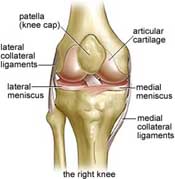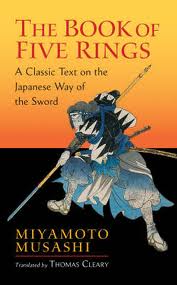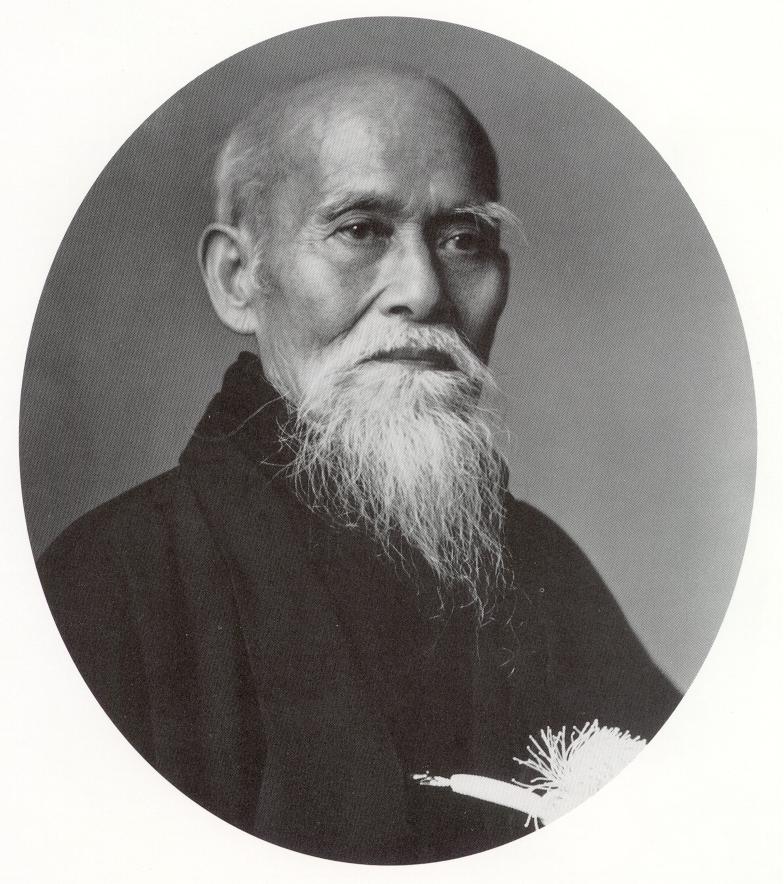Shukan News 20th June
Monday 20th June 2011
If you have any contribution for the Shukan News (story, photograph, video), please send it via email to gary@garyweigh.com
1. Aikido and Knees
 The following is an article by Bartłomiej Gajowiec and has been reproduced from Aikido Journal Online.
The following is an article by Bartłomiej Gajowiec and has been reproduced from Aikido Journal Online.
Knee joints are the biggest joints of the human body. With several axes of mechanical load meeting, there they are one of the most mechanically complicated complexes of the body. Every day they bear tons of load, making thousands of movements that are not just flexing and extending.
Knees are strictly “ligamentous” joints. That means that their stability and basic functions are governed by ligaments and ligaments only. Muscles are only for precise and fluent joint play. Healthy muscles only – to our surprise – decelerate those joints, but also influence their range of movement if they are not elastic enough to let them work in their natural range of movements.
Read the entire article Aikido and Knees.
2. State of mind in martial arts
 An extract from “The Water Scroll”, The Book of Five Rings by Miyamoto Musashi. This book is available in our library.
An extract from “The Water Scroll”, The Book of Five Rings by Miyamoto Musashi. This book is available in our library.
“In the science of martial arts, the state of mind should remain the same as normal. In ordinary circumstances as well as when practicing martial arts, let there be no change at all – with the mind open and direct, neither tense nor lax, centering the mind so that there is no imbalance, calmly relax your mind, and savour this moment of ease thoroughly so that the relaxation does not stop its relaxation for even an instant.
Even when still, your mind is not still; even when hurried, your mind is not hurried. The mind is not dragged by the body, the body is not dragged by the mind. Pay attention to the mind, not the body. Let there be neither insufficiency nor excess in your mind. Even if superficially weakhearted be inwardly stronghearted, and do not let others see into your mind. It is essential for those who are physically small to know what it is like to be large, and for those who are physically large to know what it is like to be small; whether you are physically large or small, it is essential to keep your mind free from subjective biases.
Let your inner mind be unclouded and open, placing your intellect on a broad plane. It is essential to polish the intellect and mind diligently. Once you have sharpened your intellect to the point where you can see whatever in the world is true or not, where you can tell whatever is good or bad, and when you are experienced in various fields and are incapable of being fooled at all by people of the world, then your mind will become imbued with the knowledge and wisdom of the art of war.
There is something special about knowledge of the art of war. It is imperative to master the principles of the art of war and learn to be unmoved in mind even in the heat of battle.”
3. Aikido is more than technique
Technique is for the dojo. Aikido is for life!
Whilst technique is important, there is so much more to Aikido than being able to throw or immobilize. For example, Jim Nicholls Sensei from Byron Bay Aikido club gives a wonderful lesson in verbal Aikido. There is no physical contact involved. The only obvious links between defender and aggressor are voice and body language. It is a subtle (and sometimes not so subtle) combination of tone, volume, expression and posture.
Of course, voice and body language are merely the outer forms. The inner form is the spirit. In other words, what is really driving the voice and the body’s posture as a self defense mechanism is a positive mind, self confidence and a strong extension of internal energy. Although invisible, there is a real connection made at this level.
As O Sensei said, “Your spirit is the true shield.”
Verbal Aikido employs all the same principles of Aikido but without the physical contact. This is very relevant to everyday life because not every action in this world requires a martial response. In fact very little does. Outside the dojo, we always have a choice of how we respond to people. For example, using Aikido terminology, we can choose:
Irimi or tenkan – enter or turn? Atemi or taijin – strike or retreat?
The threats we deal with on a daily basis are statistically unlikely to come in the form of an armed attack or random violence. They are most likely to come in the form of frustration and anger arising from skirmishes at home, at work, out shopping, and while driving.
So while it is technique that is learnt inside the dojo, it is the underlying principles that are applied outside. Most of the time, these must be applied without any physical contact whatsoever.
4. Thought for the week
 “A good stance and posture reflect a proper state of mind.” Morihei Ueshiba
“A good stance and posture reflect a proper state of mind.” Morihei Ueshiba
